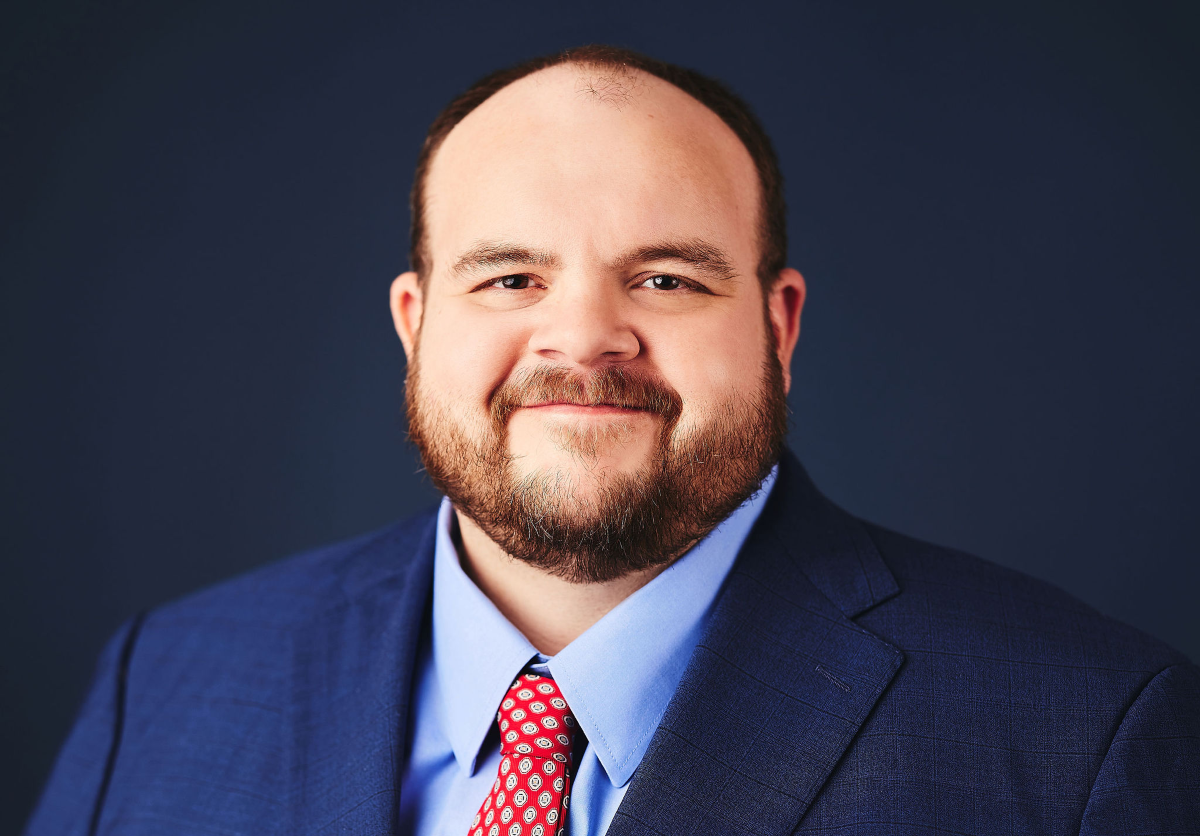Shortly before Thanksgiving, the Minnesota Supreme Court issued an opinion in St. Matthews Church of God & Christ v. State Farm Fire & Cas. Co., No. A21-0240, 2022 Minn. LEXIS 501 (Minn. Nov. 23, 2022), that, unfortunately for policyholders, concluded that State Farm was not required to pay for repairs to bring exterior masonry up to code following a loss.
The undisputed facts set forth that a June 2017 storm damaged St. Matthews, including the building’s drywall. State Farm agreed to cover the cost to remove and replace the damaged drywall. When the damaged drywall was removed, cracks in the masonry were discovered. There was no dispute that the cracks in the masonry pre-dated the storm. The City of St. Paul would not allow St. Matthews to replace the drywall without also repairing the masonry. In turn, St. Matthews made a claim to State Farm for the cost to fix the masonry. Litigation ensued.
In a 6-3 decision, the Minnesota Supreme Court held that State Farm was not required to cover the repairs to the masonry under either section 65A.10 subdivision 1 or State Farm’s policy. In relevant part, section 65A.10 subdivision 1 provides:
Subject to any applicable policy limits, where an insurer offers replacement cost insurance: (i) the insurance must cover the cost of replacing, rebuilding or repairing any loss or damaged property in accordance with the minimum code as required by state or local authorities…In the case of a partial loss, unless more extensive coverage is otherwise specified in the policy, this coverage applies only to the damaged portion of the property.
In reaching its conclusion, the Minnesota Supreme Court concluded that the statutory language was unambiguous, and in the context of a partial loss, State Farm’s coverage responsibility does not extend to the entire property covered by the policy. In other words, when a partial loss occurs, as St. Matthews suffered, the insurer’s obligation to bring the damaged portion of the property up to minimum code is limited to repairs necessary to bring up to code that part of the property damaged in the insured event, in this case the drywall, not the masonry.
In so ruling, the Minnesota Supreme Court did note that resolving whether section 65A.10 subdivision 1 requires an insurer to cover the cost of fixing a particular code violation is a fact-intensive inquiry, leaving the door slightly open for further arguments by insureds that code-related items are related to a particular loss.
The Supreme Court also considered whether the State Farm policy, which included a Minnesota Endorsement, provided coverage beyond the minimum required by section 65A.10 subdivision 1. In relevant part, the Minnesota Endorsement provided:
If this coverage is provided on a replacement cost basis we will pay the increased cost of replacing, rebuilding, repairing or demolishing any building in accordance with the minimum code in force at the time of loss as required by state or local authorities, when the loss or damage is caused by a Covered Cause of Loss. In case of a partial loss to the covered property, we will pay only for the damaged portion of the property.
The Minnesota Supreme Court concluded that the Minnesota Endorsement closely mirrored section 65A.10 subdivision 1, which in the case of a partial loss, only obligated the insurer to bring up to minimum code the part of the property that was damaged in the covered event. The court went on to discuss that broader coverage can be provided, but in this case it was not offered, nor was such coverage purchased. As such, it concluded that the Minnesota Endorsement did not provide broader coverage than the statute and therefore did not require State Farm to cover repair costs to the masonry wall.
While each claim requires a fact-intensive analysis to determine if section 65A.10 subdivision 1 will cover the cost of complying with minimum codes, it is likely that insurers will use this decision as a basis to deny such claims. As such, Minnesota insureds (and all insureds, for that matter) should make sure to review their policy to ensure they have adequate code upgrade coverage.




